On how to get half creative again
My appeal for photography has been consistently low the past few months. Last Christmas, like every year, I took part of the migration that leaves Paris empty in winter. On the road to Southern France, it came to mind that I forgot to take a film camera for vacation. To my surprise, I was not even mad or angry. Just a little sad.
After a marathon of heavy meals, and a cure of Champagne and delicious wines, the whole family packed for a trip to the Pyrenees mountains. I came to my father, a little guilty. I asked him to lend me any camera he owned in his collection. I would use it during our time in the mountains, hoping the novelty of an unusual camera would force my creativity. I would -of course- give it back before going back to Paris, with the rest of the herd. The idea surprised him. Or maybe it was the idea I did not necessarily want the jewels of his collection, but simply something new.
He dug for a long time in boxes, exhuming Pentacons, Rolleiflexes and Leicas. He casually set them aside, like Aladdin looking for the most precious item in his luxurious cave. With a victorious “Ah!” he finally put an Olympus Pen F in my hands. And here it was, the quintessence of half frame cameras.
For those unaware of the half frame trend coming back (i.e Kodak Hektar H35 that came up a few years ago), a half frame camera takes 18x24mm instead of the standardized 24x35mm. This way, a regular roll of film contains 72 pictures rather than the classic 36. One consequence is that the framing is vertical. And this simple fact opens so many possibilities.
24x36mm scan of the Pen FT, showing the potential to work with dyptics.
Nowadays, the standard photo format is adapted to screens, becoming bigger and bigger on portable devices, but nearly always vertical. After a century of landscape format domination, smartphone photography forced the average photographer to reconsider the way he framed his photos. Perhaps it is a reason why half-frame cameras are back in fashion. Personally, vertical framing had the same effect as the first time I shot medium format. The process of composing is totally shaken up. My vision had to stop bypassing the automatic step of mind-framing, and think for every single shot. And guess what? I absolutely loved it.
To be completely honest, There is one downside: to be able to finish a roll of film. I guarantee you will forget what you shot when you process your negative weeks – or months? – after.
The Olympus Pen F

I will be unusually brief about the camera. Simply because the Pen F was the best half-frame camera ever manufactured. There is a flood of cheaper Pens such as the EE or D. But none get even close to the Pen F. One reason being the Pen F is a REFLEX camera. You read that right. This tiny – and beautiful- camera is a full reflex, with a vertical mirror. The downside of zone focusing with such a small frame was then solved. The mechanical complexity of the Pen F astonishes me. To fit a mirror and two prisms in such a cluttered space surely gave headaches to the engineers and the designer Yoshihisa Maitani in 1963. It was impossible to fit a regular shutter system. The team had to design a specific rotary shutter made of extremely light titanium to be able to achieve speeds up to 1/500th of a second. If you want to know more, Mike Eckman wrote a perfect article about its history. If you don’t, it is fine; just remember this camera is a mechanical piece of art!
I did only use the regular 38mm f1.8 Zuiko lens, that was the standard lens when the Pen came out. I have no complaints. It is designed to cover half a frame, it is bright, it is sharp. It WILL make you forget your print is not from a full frame camera.
Olympus Pen F : Tiny frames and big pictures
I only shot one roll of film with the Olympus Pen F. However, what a long film it was… Here are some of the results, either scanned on their own, or by dyptics, in their original 24x36mm format.
Shot on Rollei RPX100, developed in D-76 1+3
Giving it back to people we love
I have to admit I was quite pleased with the result of that roll of film. Moreover, I would say I was getting fond of this little camera. But everything good has an end, and I told my father I would give the camera back after vacation. I wanted to find a way to thank him and everybody involved in the mountain trip. I wanted them to go home, after spending New Years Eve out there; and feel they were back; maybe tired but full of happy memories. And what better feeling is there than opening the mailbox and find a -not so- fresh postcards from loved ones? I HAD to make postcards.
To be honest, postcards are an obsession of mine. You can check my quarantine attempt here. I printed the pictures on fiber-based paper, dried them the best I could on the bathtub glass door, and stamped the back. It was nice to get my pen – not the camera this time – and write a few words. Empty, too short probably, like most postcards. But who really cares about what is written on a postcard? It is the effort put into the task, the thought, the care in selecting the perfect postcards that touches us. The physical object we hold in a hand – the other hand probably holding the keys of the apartment – briefly brings up memories, happiness, and reinforces the bond we have with the same people that held the same object a few days before. Just for these few seconds, it is worth the whole process.
Here is a scan of the print, using the Intrepid Enlarger and Foma Fomabrom 111 Brillant 13×18 paper.
If you followed all the way down here, you might have guessed… I never gave the camera back to my father. Maybe next time?
See you all next holiday!
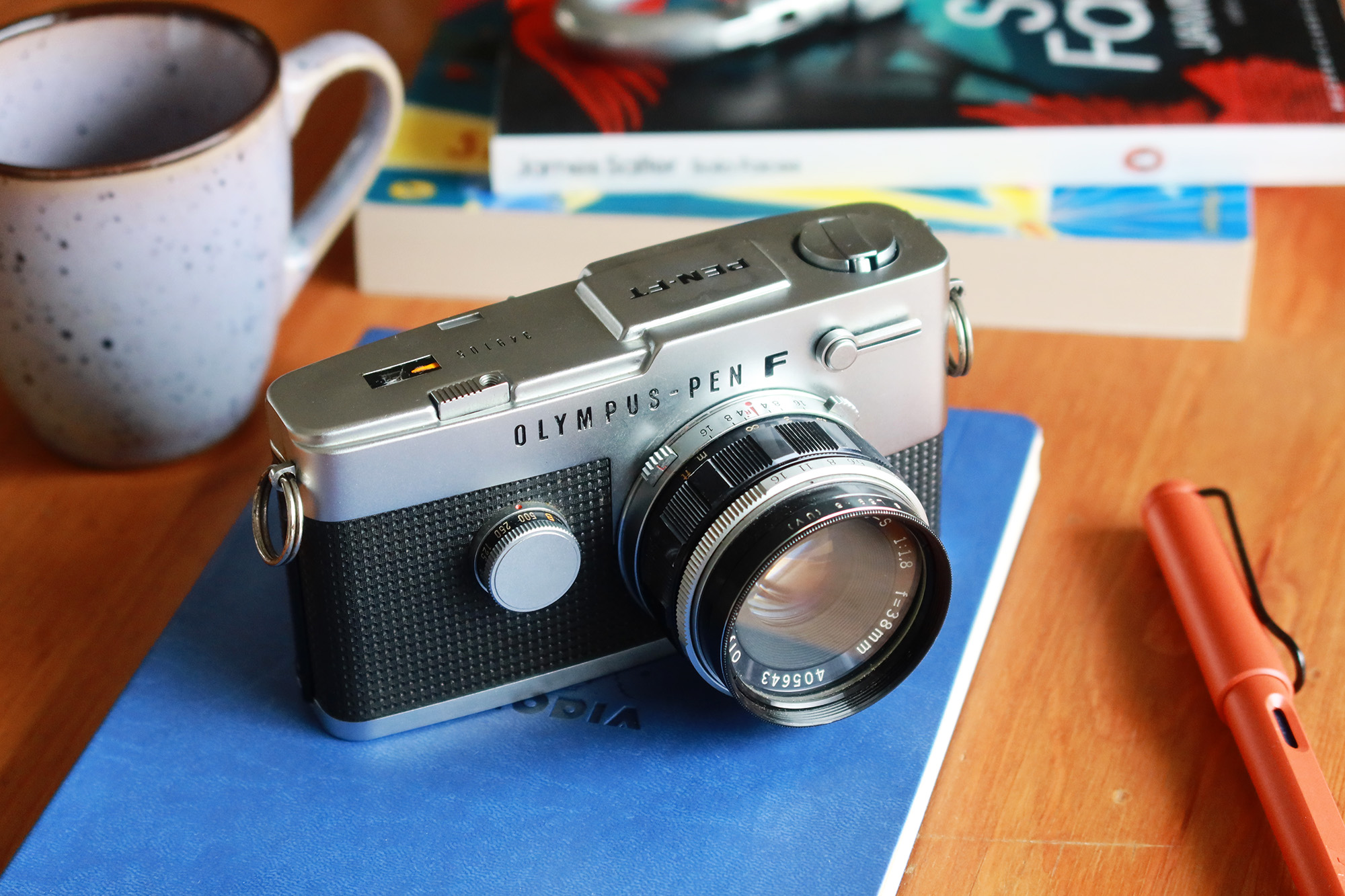
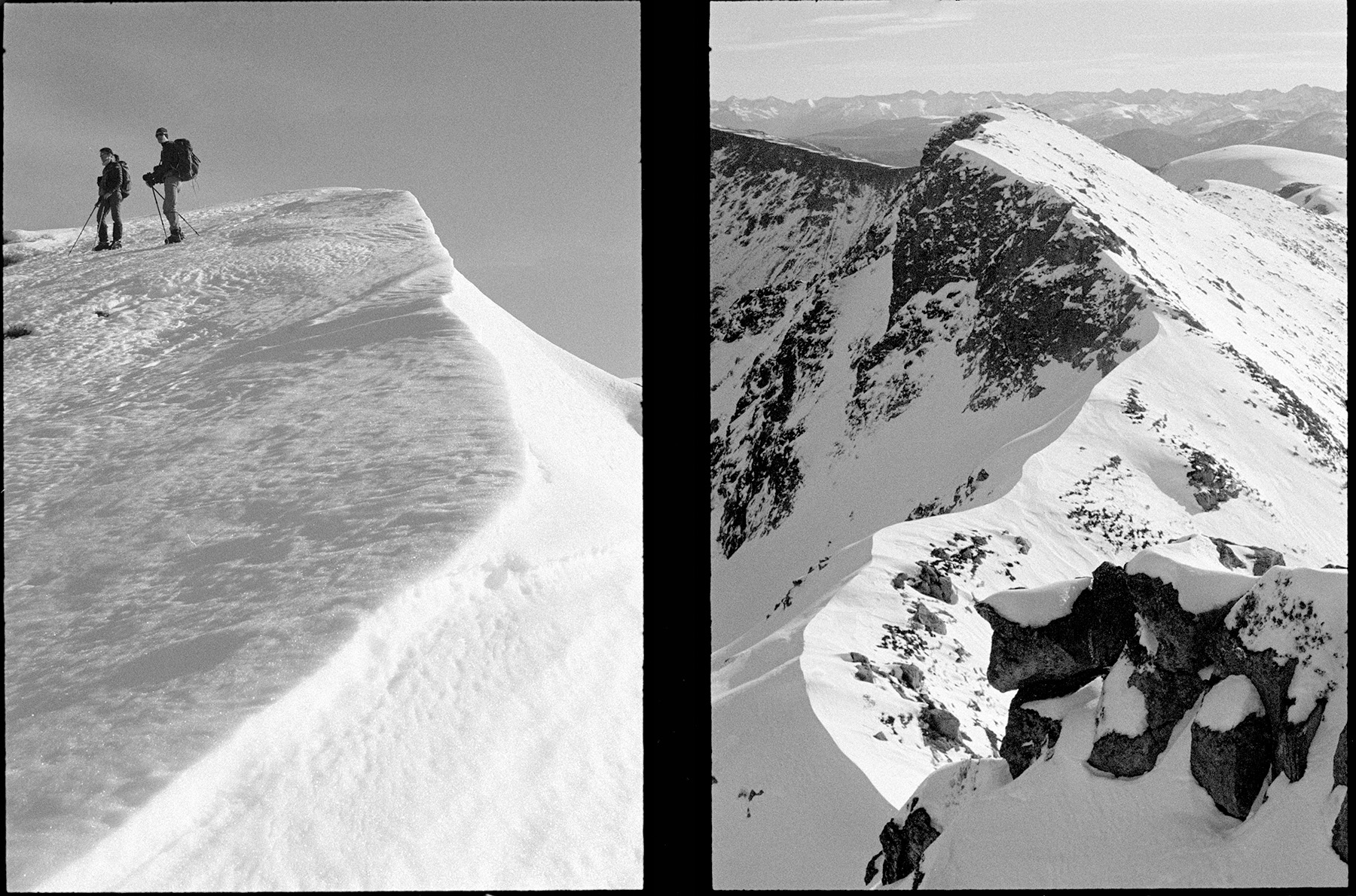
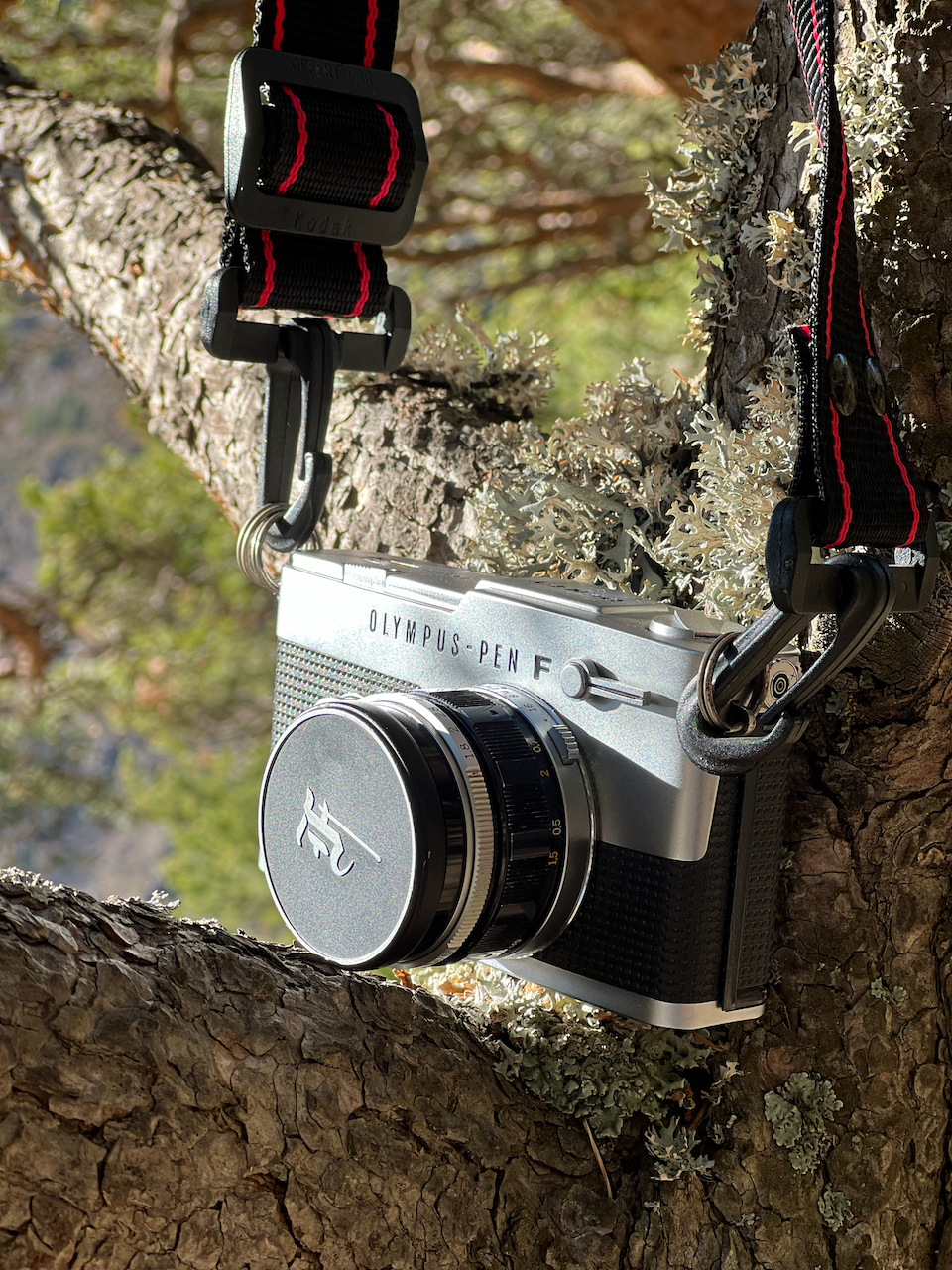
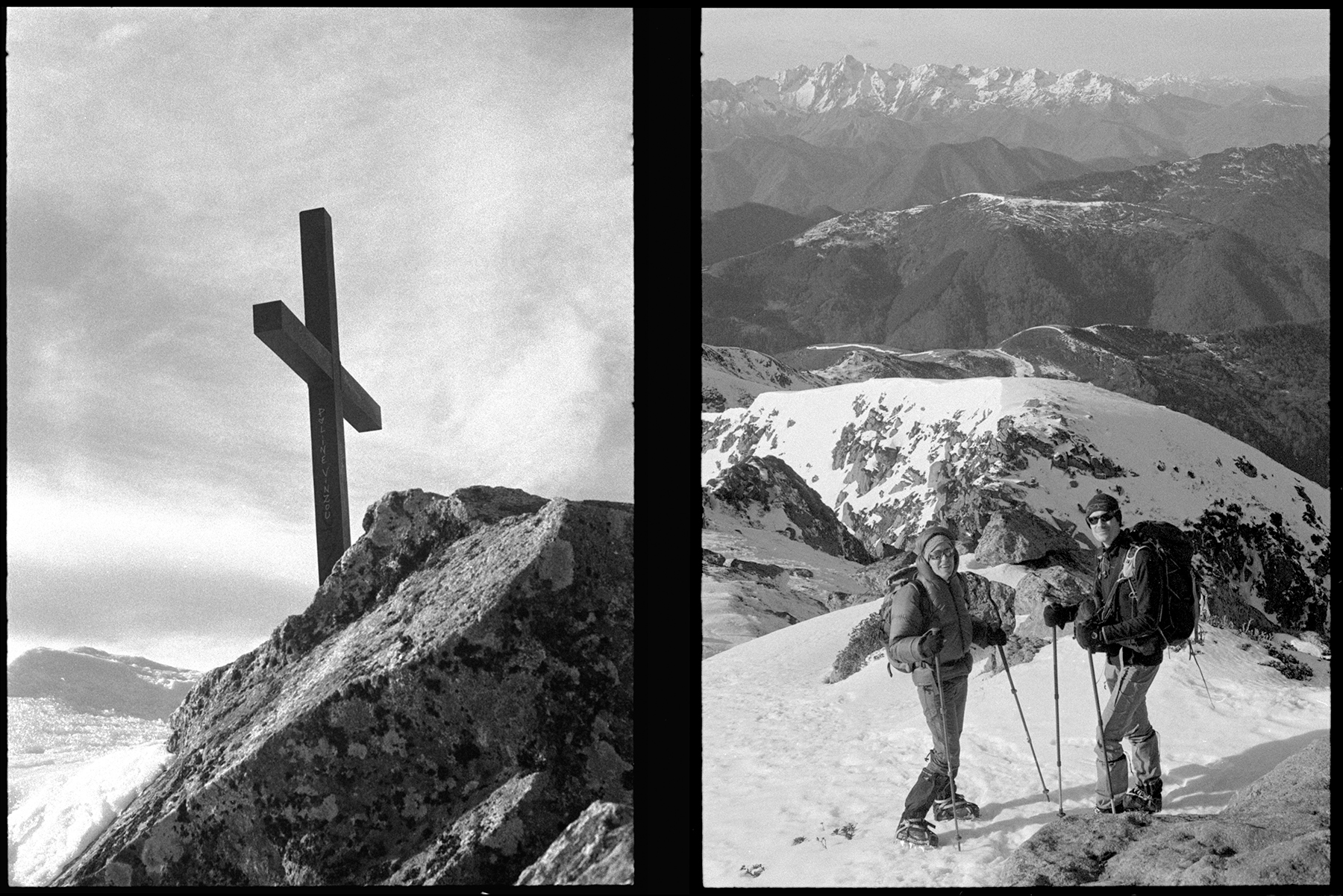
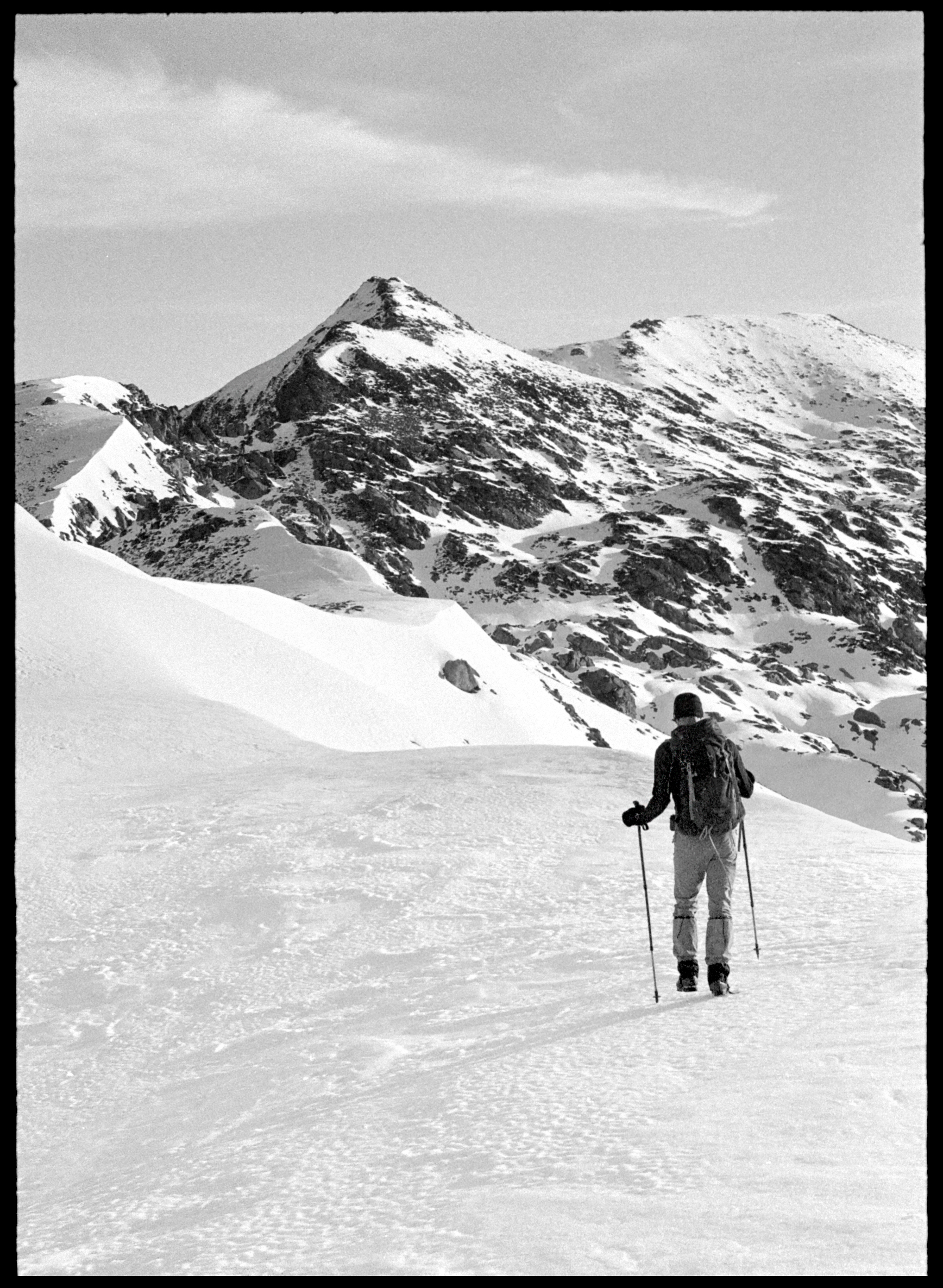
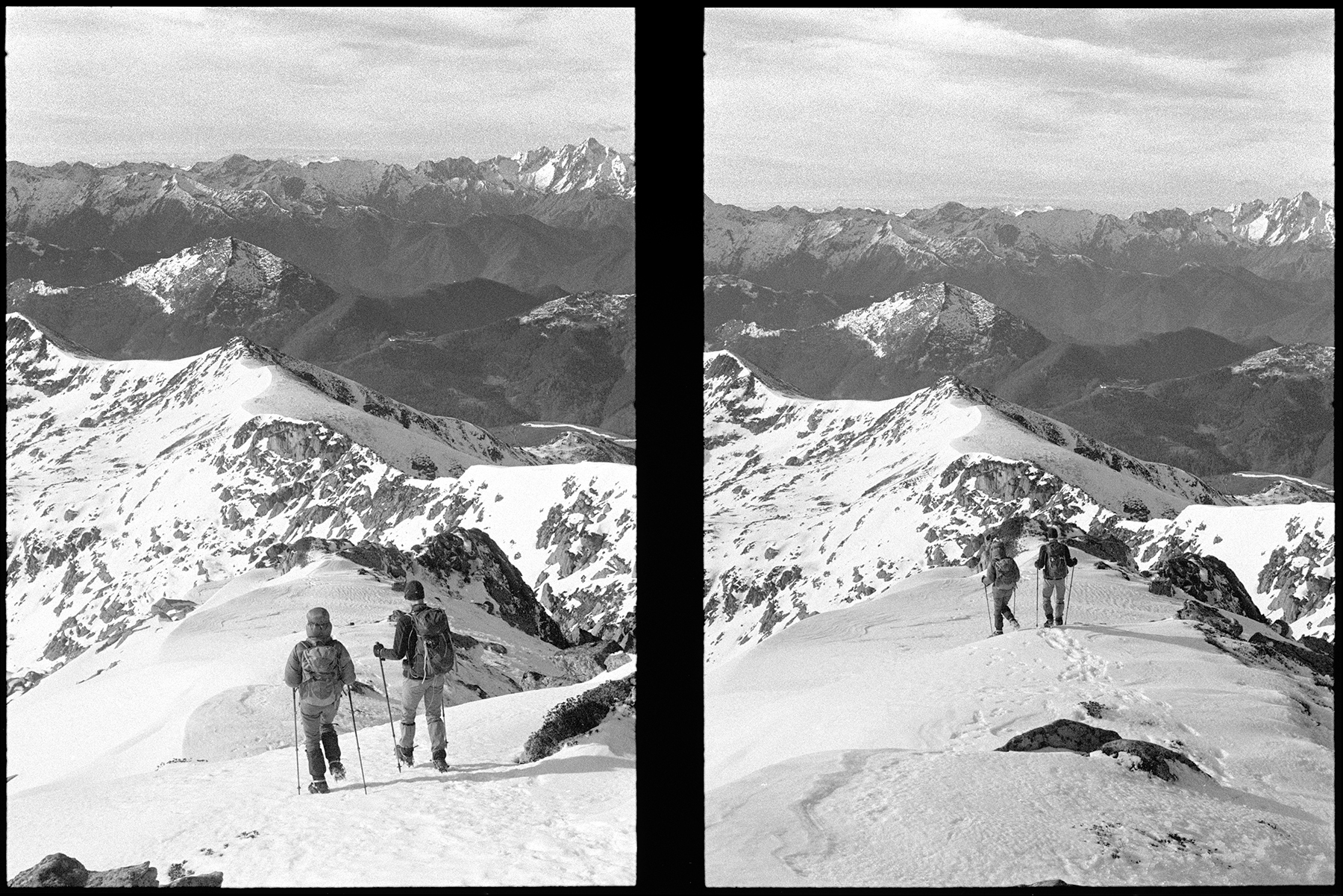
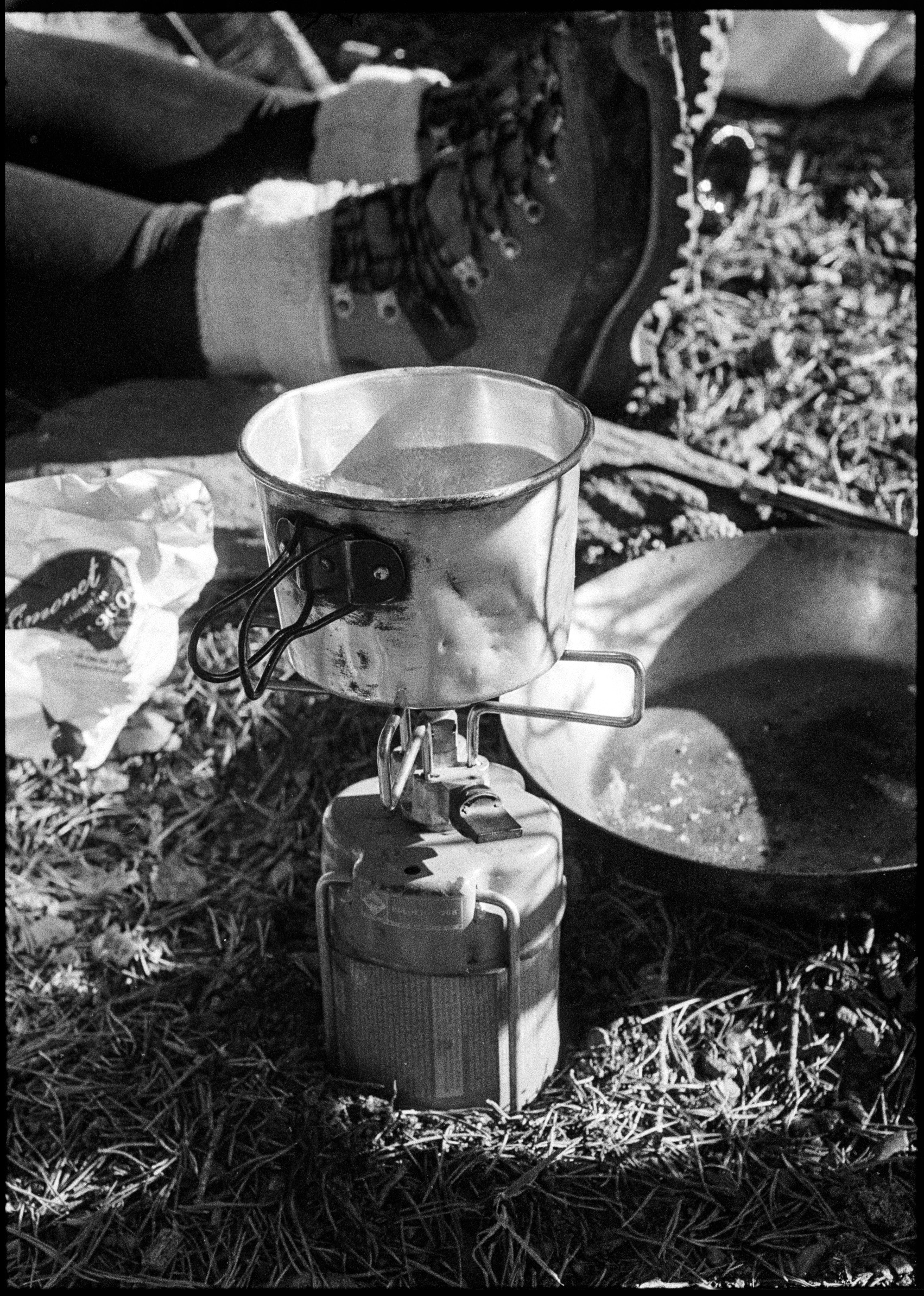
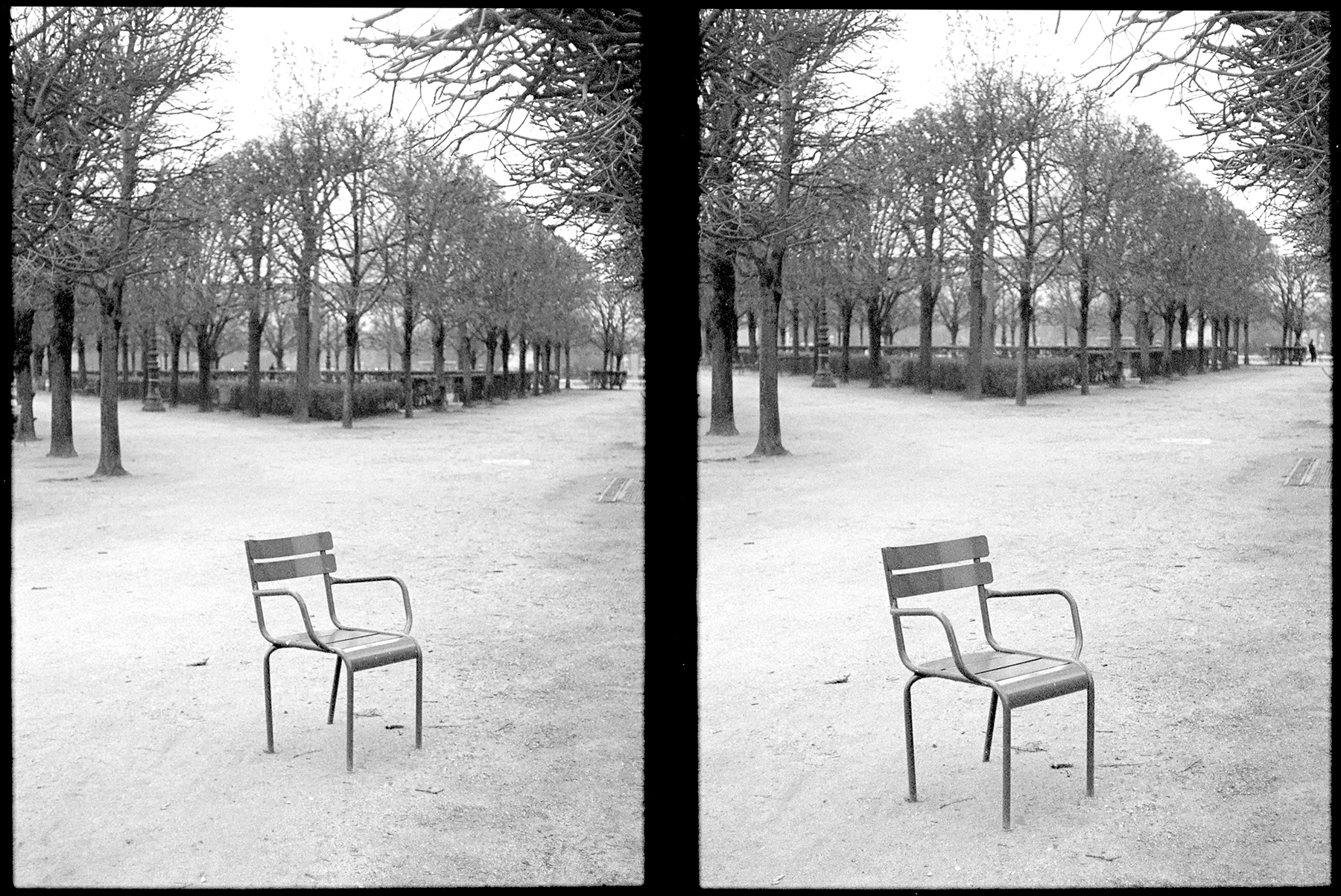

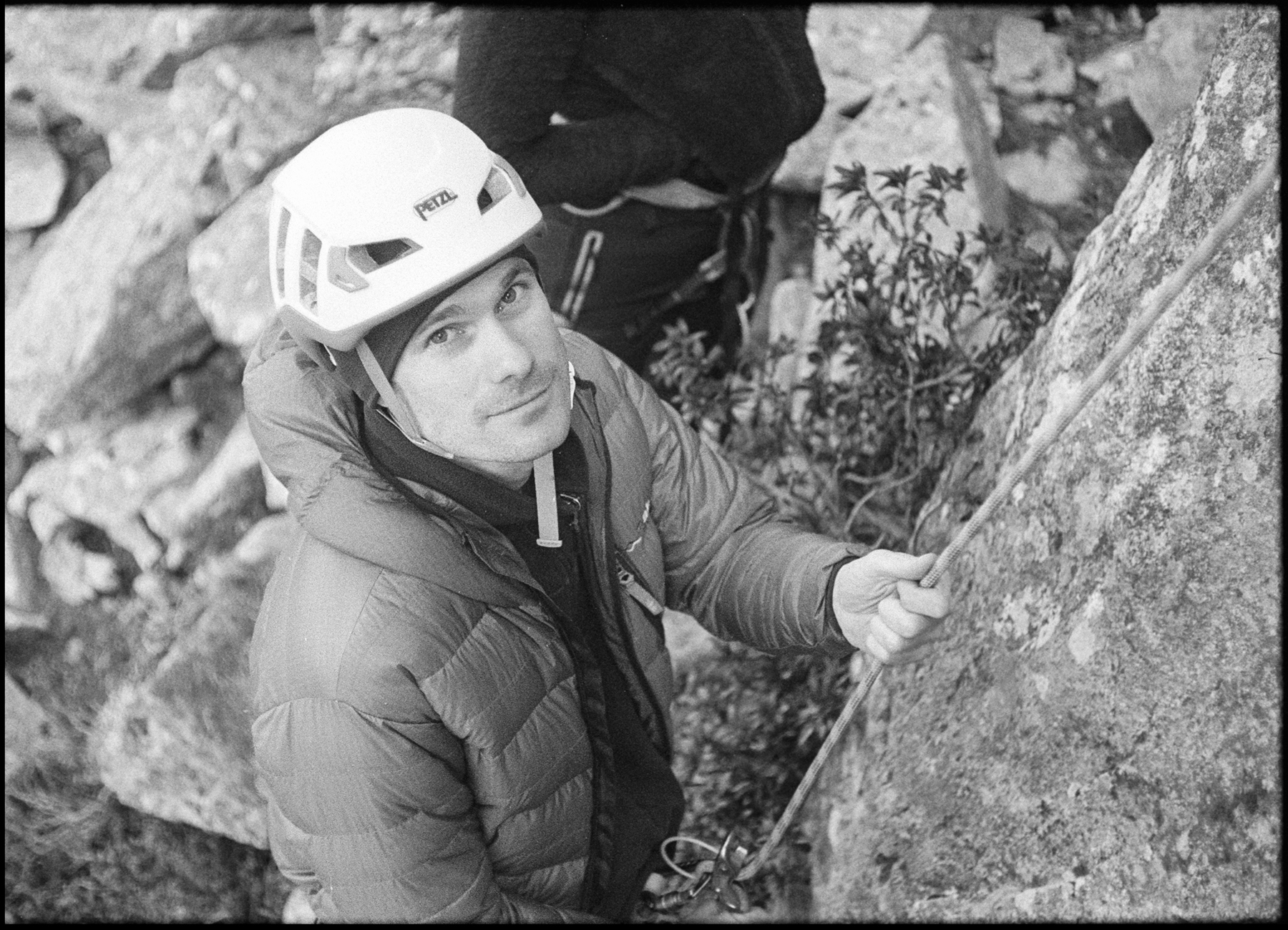
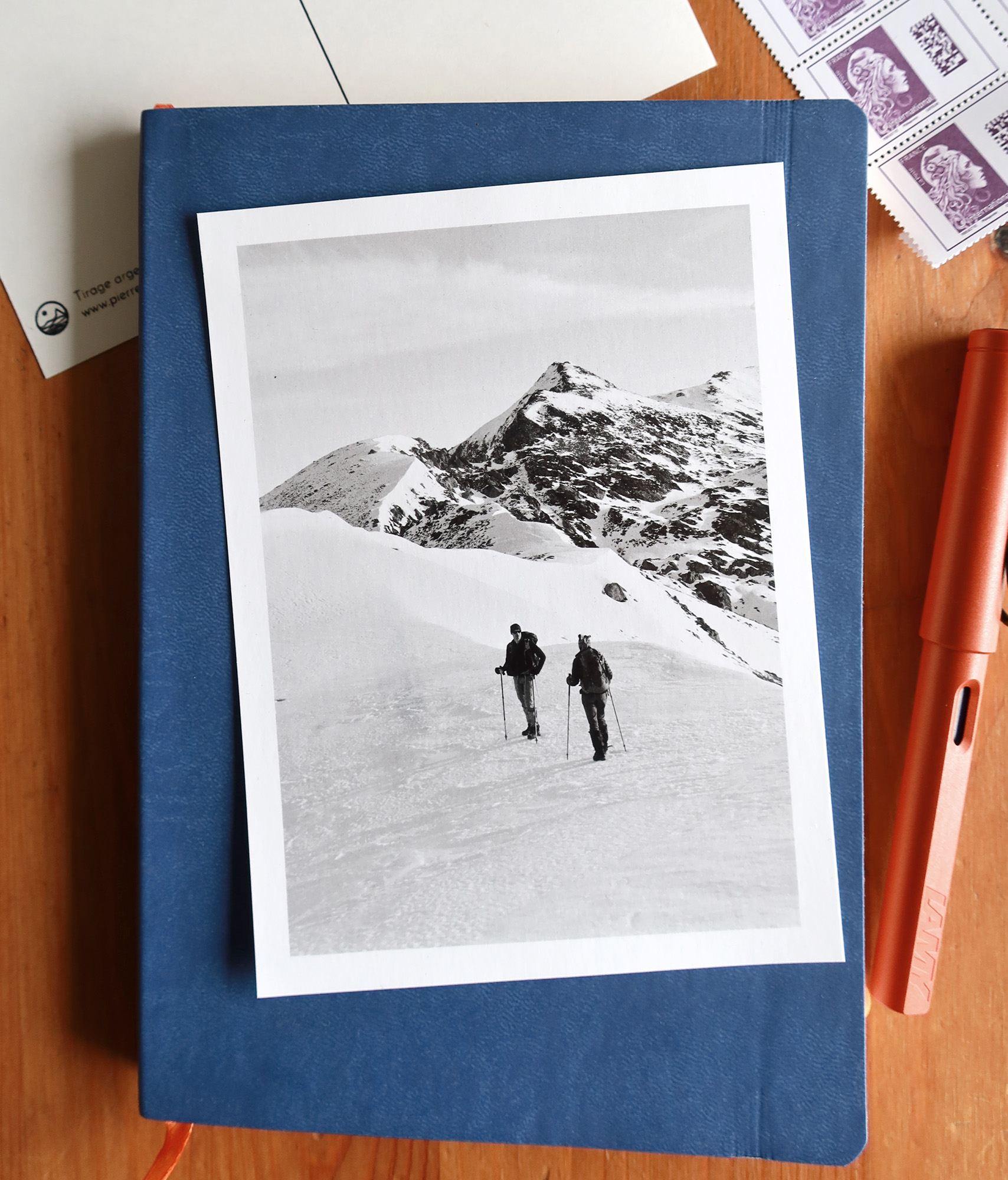
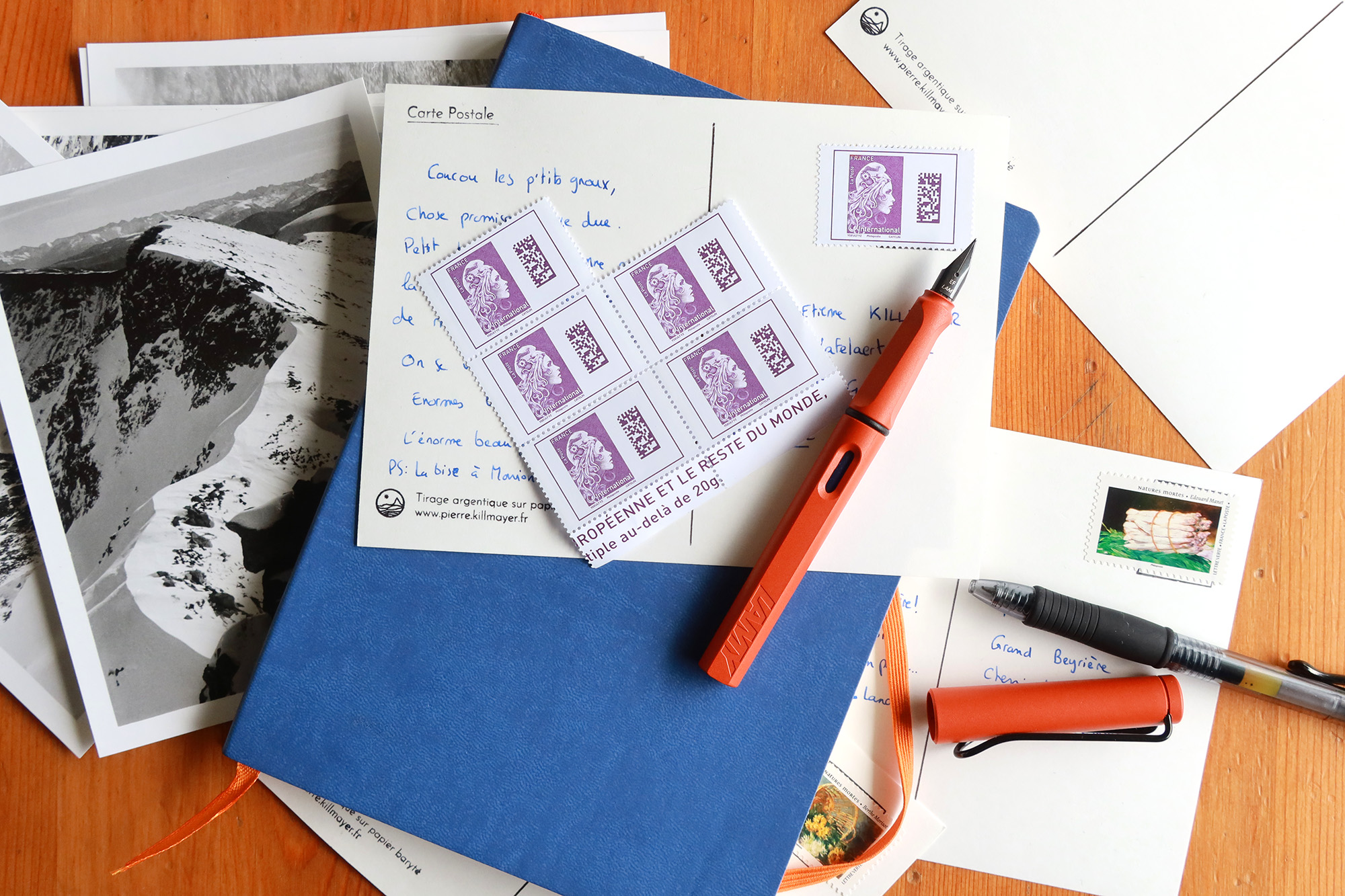
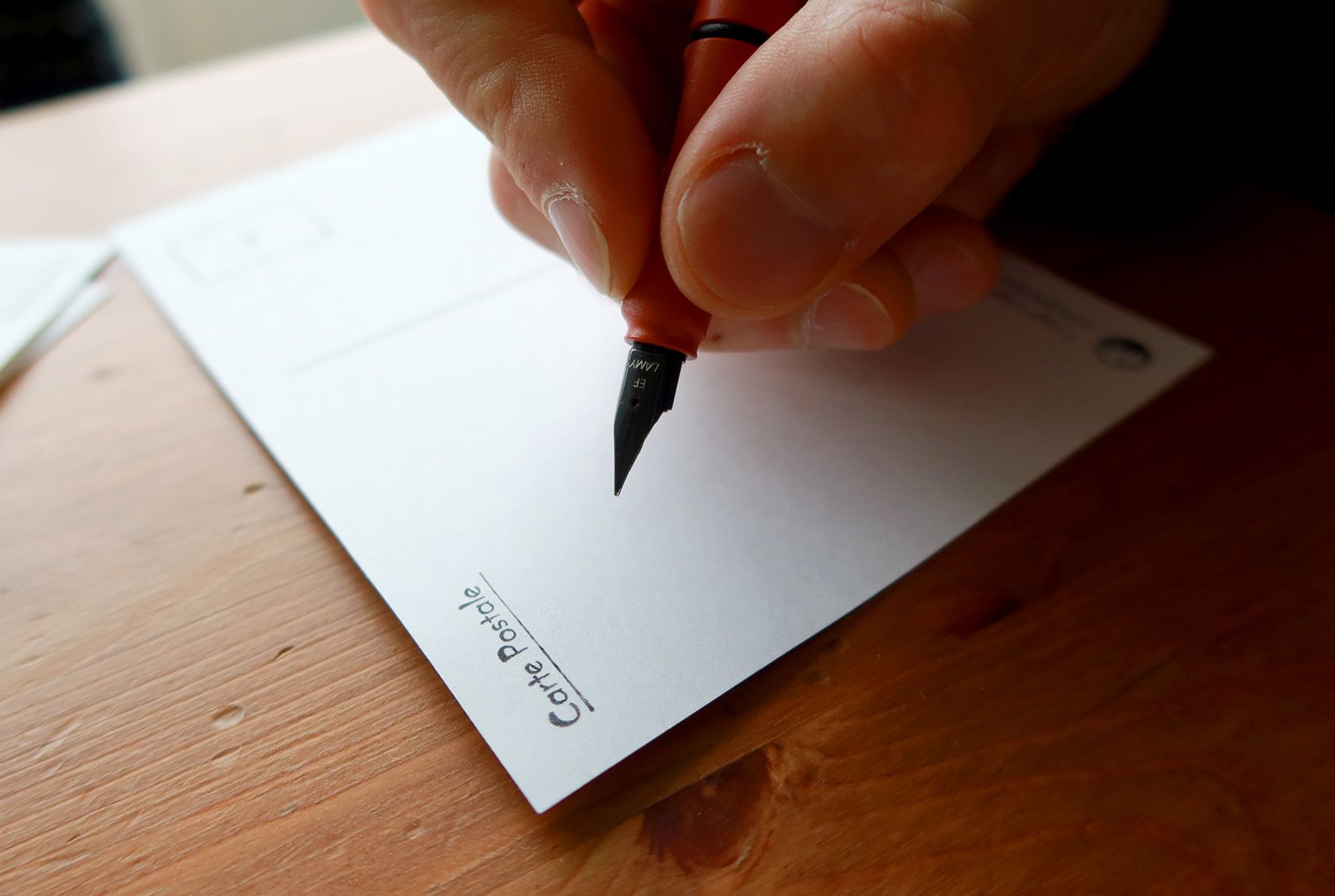
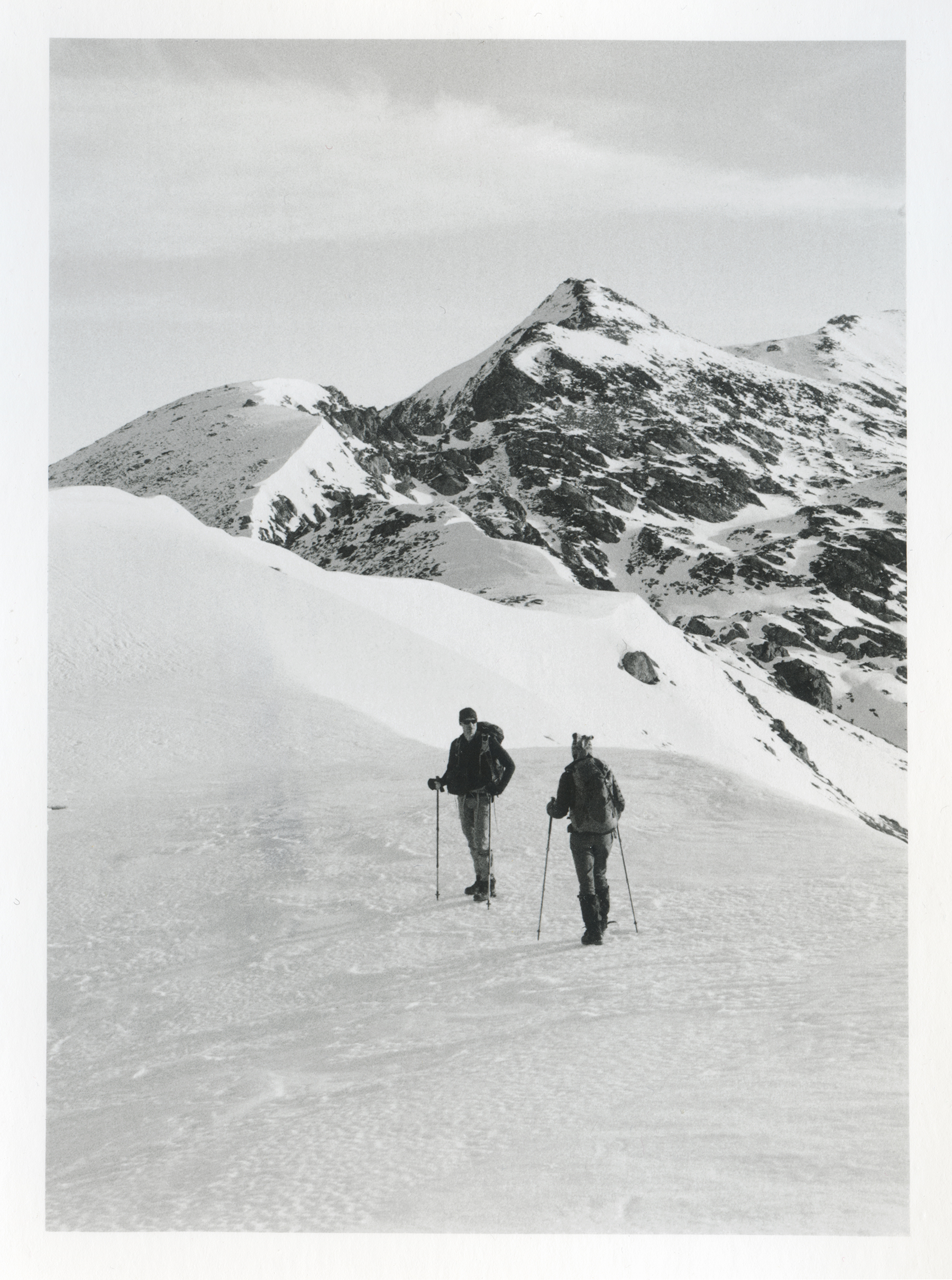
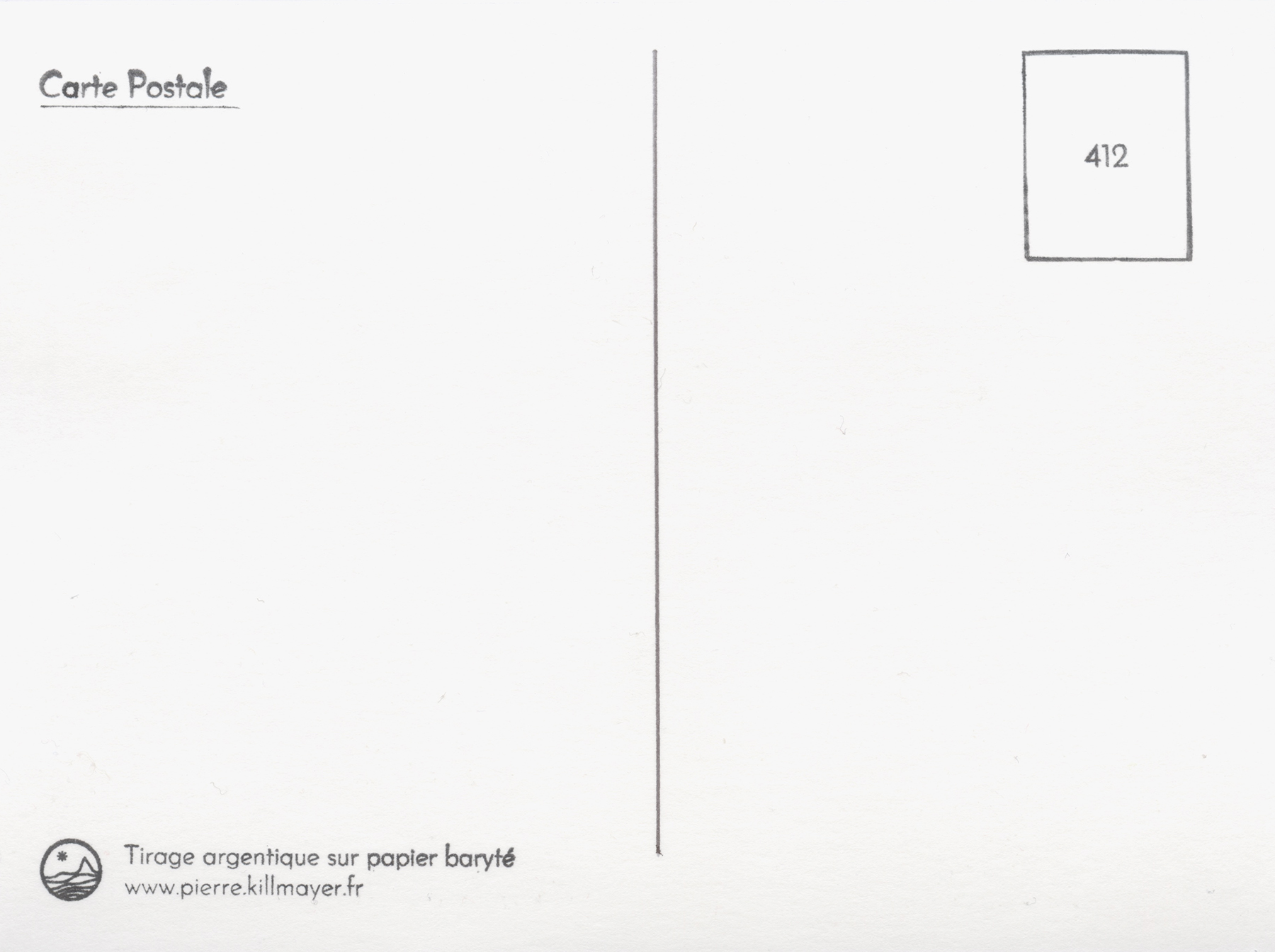
Thank you very much for your short and to the point report on the Pen-F.of which I own two and have various lenses for them. I truly liked your idea of creating postcards and I plan to do the same. The best fact about the Pen-F when combined with the accessory lenses is that everything fits into a small backpack. I also have a lense adapter so that other lenses can be used.